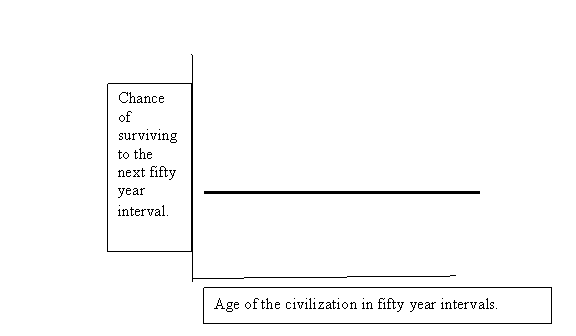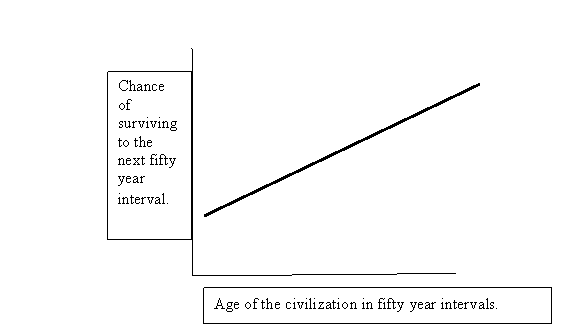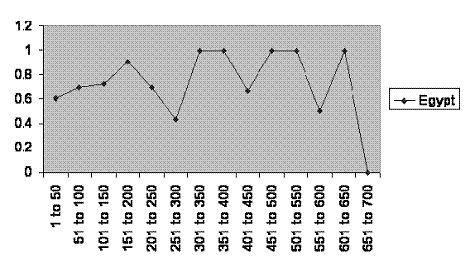
Thrilled yet?
January 19, 2015
nobabies.net
Jim Davies
2201 Dunton Tower
Carleton University
1125 Colonel By Drive
Ottawa, Ontario
K1S 5B6
CANADA
jim@jimdavies.org
Dear Professor:
I have looked at your book (Jim Davies Riveted: the science of why jokes make us laugh, movies make us cry, and religion makes us feel one with the universe, Palgrave Macmillan NY 2014) with much interest. Poking around a bit, I discovered that your agent really likes your “voice.” I understand. That’s a really great title. Having read the book I might have entitled it, Why You Should Be a Nihilist Like Me: an atheist is not a nihilist if the atheist is warmly disposed toward tradition in general or at least governed by ordinary social rules that call for not running rough shod over somebody else’s beliefs. Doesn’t really have the same ring, does it?
So as a first favor, let me offer you something. I do not recall “expectation,” which is frequently misnamed “anticipation,” playing much part in your book. Yet I find it, if you will, riveting. If you can find a religion that employs expectation as part of its appeal, feel free to claim the idea for your own. And just to add a datum, this will be the first of two letters. I shall gratuitously force you to wait a bit before I dash off the other. This will give you the opportunity to decide whether my rudeness is riveting or merely exasperating.
By now you surely have detected the insolence in my own voice. It’s not my fault. When I hear somebody get sincere I expect to hear something that is not true. I really don’t want to say that all those people who went sincere on me were lying, but quite generally what they have had to say has been worthy of further amendment.
So let me offer one tidbit. It is a graph. You like graphs, don’t you? This is just a starter. You’ll get more soon enough.
What I will now give you will be a graph of the survivability of Egyptian regimes throughout almost all of history. On the horizontal axis will be the ages of Egyptian dynasties broken down into 50 year increments. On the vertical axis will be the probability that each of those dynasties will survive the next half century. Before getting to the point, let’s see what we expect.
What scares us? CLIMATE CHANGE. We are scared that climate change will destroy our civilization, which I take to be all the middle class people in the world. Since fossil fuel burning was not relevant to Egyptian environmental footprint for most of its existence, we can take it that any climate change that knocked off a regime in that location was unrelated to the age of the regime. If only such external shocks were effective, we should get a horizontal line:
Survival expectation of civilizations subject to destruction by outside influence.

Thrilled yet?
The other thing we are scared of is Fundamentalism, which I take to mean anything that is not politically correct or for that matter anything incorrect rogues might believe in such as a genetic advantage of one population over the next. For the purposes of the graph these things reduce to the same thing: civilizations are vulnerable to things that exist within the population rather than things coming from the outside. If that is always the case, then there should be a pattern of selection as those with the wrong politics, the wrong gods, the wrong genes and so on ad nauseum drop out prematurely, leaving behind the better concocted societies which have a longer life expectance. They always had that longer life expectancy, of course, but early on their numbers are diluted out and only later do their sterling qualities show. What we would expect is this:
Survival expectation of civilizations subject to collapse because of internal factors.

Of course a reasonable and prudent scientist would say, doubtless both kinds of effects are felt, and the combination will, grossly, be indistinguishable from the second pattern.
Ah, well said. Well said indeed. And in the event what we get is this pattern:
Survival experience of Egyptian dynasties. Information taken from The New Encyclopedia Britannica William Benton Publisher, Chicago 1983. The vertical axis is the chance that a dynasty of that age will survive another 50 years. The Horizontal axis is the age of the dynasties.

Ah, how happy you must be. We all love patterns. Sure enough, the pattern trends upwards. For the first two hundred years each half century sees the end of the line of the less durable and the survivors are more durable. It is most gratifying. After about the year 300 the regimes are very durable indeed. One is tempted to wonder what their secret is. I think we can be pretty confident that it isn’t modern politics nor European ancestry, eh? Of course the last one to fall is 100% of everything left, but we understand that does not really mean a sudden increase in vulnerability.
But along with patterns, we are also riveted by discrepancies. We look for things that break the pattern. And sure enough between year 200 and year 300 there is a mind boggling discrepancy. We never expected that the line could possibly go down. That would shatter common sense either meaning that it is totally illogical or it contradicts something we believe without knowing it. Hmm. What could it be? Is it a fluke? Let it be a fluke. Please, God, let this be a fluke. Don’t make me rethink everything I know. Oops, sorry. We’re all good nihilist here.
So I’ll just leave you with it there. Next letter let me talk a bit about what praying is like. I don’t recognize your description. Then I’ll resolve the paradox for you. (For the graph and, yeah, maybe for the lack of universal adoption of nihilism.)
Sincerely,
M. Linton Herbert MD
I got a nice prompt reply and am sending a second letter today. We’ll get to that all in good time.
There have been 133 visitors over the past month.